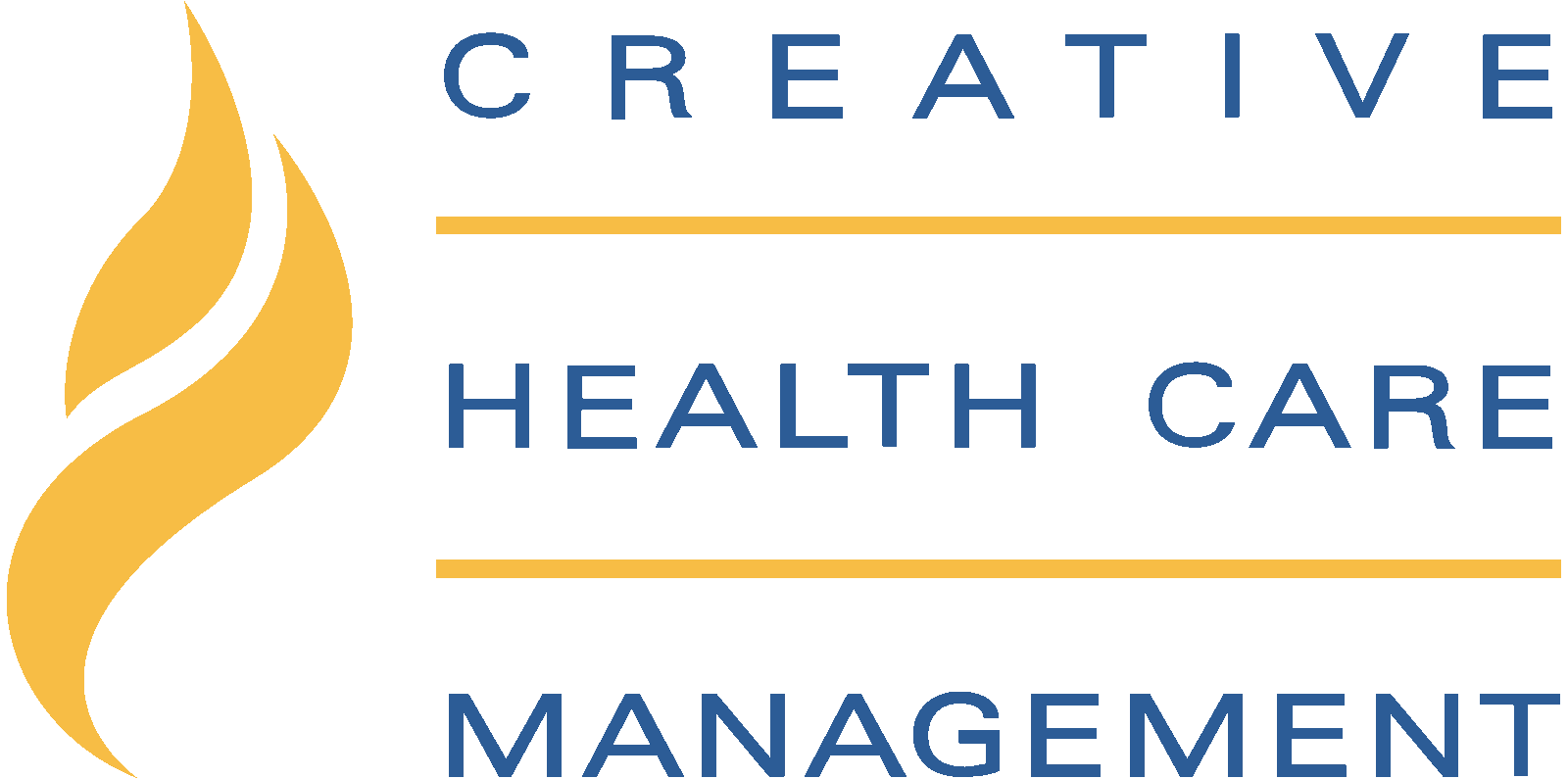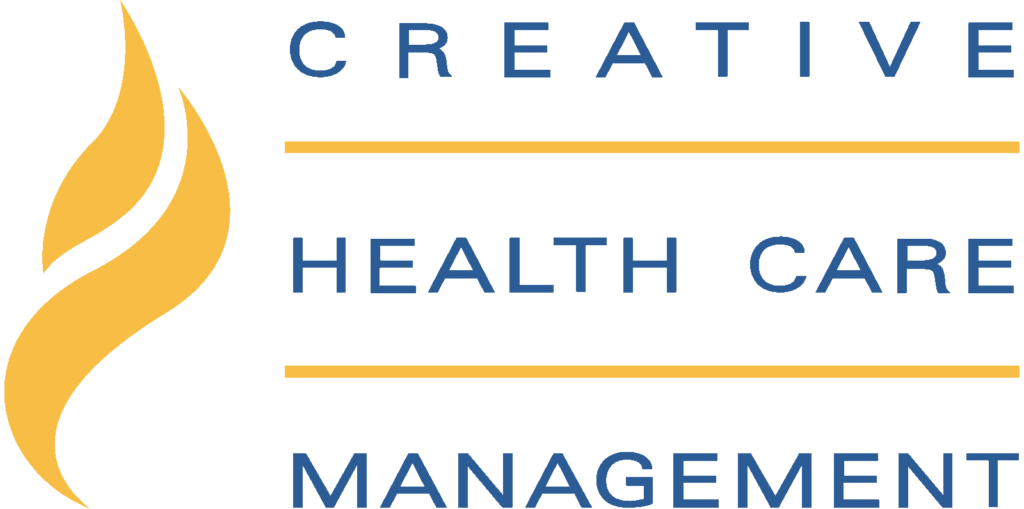What is Nursing Burnout?
Nursing burnout is a condition of mental and physical exhaustion that can affect nurses caused by stressful working environments, working long hours, too many patients to care for, and not getting enough rest. It can also lead to a decrease in the quality of the care given by nurses.
Since the emergence of Covid-19, the nursing workforce burnout rate has been steady at around 50% among nurses while turnover rates have increased to between 20% and 30%. Prior to the pandemic, about one-third of nurses reported burnout, and turnover was about 17% per year.
The Nursing Profession
Nursing is one of the most sought-after and rewarding professions, but it comes with challenges. Nurses are often overworked and understaffed, leading to feelings of frustration. This frustration can lead to burnout, which is an extreme form of job-related stress that can have serious consequences for both nurses and patient care.
Nurses who have experienced burnout understand the emotional strain was from the chronic stress of a challenging, high intensity work environment. Burnout can be attributed to emotional exhaustion, an unpleasant work environment, or job dissatisfaction often related to not feeling heard or valued.
Nursing specialties such as oncology nurses, or end of life care nurses understand it is an occupational phenomenon among healthcare workers that many could experience burnout. Burnout among nurses happens which leads to emotional and mental exhaustion.
Patient Care and the Physical and Mental Health Toll for Nurses
Any high stress environment can cause physical and mental health problems. Nurses are at high risk for occupational injuries, musculoskeletal disorders, and stress-related illnesses.
The nursing profession is experiencing moral distress and experiencing burnout at an alarming rate. This is attributed to working in an environment that is fast-paced, complex, and emotionally intense. Nursing demands incredible focus, awareness, and endurance—mentally, physically, emotionally, and spiritually.
Nurses literally hold in their hands and hearts the lives of people who are at their most vulnerable. While the privilege and joy in such meaningful work is profound, the challenge is huge! It is no small accomplishment to provide humane and compassionate care within a system struggling with resource constraints, staffing shortages, human conflicts, constant changes in technology and scientific knowledge, and multifaceted moral and ethical questions.
The Largest Group of Healthcare Professionals in the United States
Nurses are the largest group of healthcare professionals in the United States, with over 2 million nurses employed in hospitals and other care settings. employed in hospitals and other care settings. Nurses work in many different settings with some working on their feet for up to 12 hours at a time while others spend their time managing quality of care and patient discomfort from an administration or virtual setting. It is common for nurses to experience physical and mental health problems that affect their well being from the daily activities they engage in.
Burnout Symptoms
The well being of a nurse is imperative in how they show up for their patients, team, and themselves. Nurse burnout happens. The goal to prevent nurse burnout among nurses is to manage nurse burnout by recognizing the symptoms.
The symptoms of nursing burnout
Nurses experiencing burnout have:
- Feelings of being trapped or helpless
- Decreased sense of accomplishment
- Increased risk for emotional and mental exhaustion
- Inability to detach emotionally from work
- Increase in substance abuse
- Exhaustion
- Loss of interest in work or hobbies outside the job
- Poor sleep and appetite
- Weight loss or gain
- Negative feelings about one’s job, such as frustration, anger, or guilt
- Feeling like a failure at work
- Recurring thoughts about quitting nursing
What is the Difference Between Burnout and Compassion Fatigue?

Burnout is a condition that occurs when nurses experience high levels of emotional exhaustion and depersonalization.
Compassion fatigue occurs when nurses take on the suffering of patients who have experienced extreme distress or trauma. It is a form of secondary traumatic stress disorder that can develop over time, and it can be caused by exposure to death, violence, or other distressing events.
Burnout and Compassion Fatigue are Real Problems
Both burnout and compassion fatigue are real problems in the healthcare industry. The symptoms are different but they both share the same cause: exposure to trauma and tragedy on a regular basis.
Compassion Fatigue in Nursing
Compassion fatigue is the result of prolonged exposure to emotional distress or trauma without adequate emotional processing. It affects people who work with traumatized populations or in other high-stress environments and manifests as feelings of hopelessness, powerlessness, disconnection from others and oneself, depression, anxiety, anger, and irritability.
Causes and Effects of Nurse Burnout
Burnout occurs throughout every career. When someone is under significant stress, they are often left mentally or physically exhausted.
A nurse may be exposed to a range of circumstances that can affect not only their Wellbeing but their mental health.
Staff Shortages and High Turnover Rates

As hospitals across the U.S. struggle with nursing staff shortages, high turnover rates hospitals approve nurses to work overtime to resolve the situation. Staffing shortages cause a greater proportion of patients to nurses, this effects quality care and entails dozens of negative impacts.
Nurse Shortages are a Global Issue
Nurse shortages are a global issue that is not going to go away anytime soon. The World Health Organization (WHO) estimates that there will be a shortage of 4.3 million nurses by 2030.
The Bureau of Labor Statistics projects that the U.S. will need to fill 1,200,000 nursing positions by 2026 and 2,300,000 by 2050.
Nurse to Patient Ratio
The nurse-to-patient ratio is how many nurses there are per patient. A higher ratio means that the nurses have more time to spend with each patient, which leads to better patient care and more healing time for the patients.
The nurses to patient ratio is one of the most important factors in determining the quality of care that a hospital provides. It also is related to a nurse’s job satisfaction. With the current nursing shortage nurses are suffering.
A high patient ratio for nurses can lead to burnout and a decrease in performance. This is because the nurses will have too many patients to take care of, which can be mentally and physically exhausting.
How do Registered Nurses Cope with Burnout?
Registered Nurses cope with nurse burnout by paying attention to their Wellbeing. Stopping to breathe, take walks inside or outside the hospital. Stay true to a break schedule and leave work at work once leaving the hospital or practice.
Solutions for self-care
Solutions for well being are getting enough sleep, eating healthy meals, exercising, and spending time away from work.
Finding ways to relax, meditate, exercise, and eat well are important. Going on a vacation or spending time with friends or family members is often rejuvenating. Even finding time to do chores at home can be considered self-care–do things that help your life feel more in control.
Peer Support Networks
Peer support networks in health care settings provide a forum for connection and processing emotional experiences. Holding debriefing sessions following episodes of moral distress, trauma, loss is key to ongoing support and healthy coping. No one can navigate this challenging work alone. Cultivating the value of mutual support is key to healthy work cultures and diminishing burnout.
Shared governance structures provide the means for nurses to have direct input into the decision-making that effects their practice and work culture. Having a voice, being heard, and being supported by leadership is key to nurses coping with the challenges of their work.
Healthcare workers can support nurses by acknowledging and noticing the emotional and physical exhaustion they are facing.
Factors that Contribute to Burnout
There are many factors that contribute to burnout, but there are also ways to reduce burnout.
Nurse burnout is a major issue in the nursing profession, but nurses are smart and resilient. Looking after one’s mental and physical health is a great place to focus. It is not always easy for nurses to do this because of the demanding nature of their jobs.
Nurses are taught in school and through continuing education about the signs of nurse burnout and how to recognize it in themselves or a peer.
Nursing is Not an Easy Job
Nursing is not an easy job. Nurses are often on their feet for long periods of time and can work 12-hour shifts in hospitals or other healthcare settings. The work is physically demanding and requires a lot of emotional support. Nurses have to deal with patients who are at their most vulnerable, which can be emotionally taxing.
Many nurses are not able to handle the physical demands that come with this career, which leads to burnout and quitting the profession altogether. These factors are causing a nursing shortage.
Emergency Department and Nurses Burnout
To combat burnout and promote Wellbeing, every type of nursing career and nursing specialty must be included. The emergency department of a hospital is an excellent learning ground for those trying to find their niche, or what type of nursing they prefer.
In the ER emotional exhaustion and physical exhaustion affect the doctors, nurses, support staff and patients. From emergency baby deliveries to surgical site infections, an ER is where a nurse will see it all.
What is Creative Health Care Management?
Our forty-plus years of experience working with hundreds of hospitals and systems around the world have equipped us to offer unparalleled consulting to help create a thriving, positive, engaged workforce—and the best patient care.
The Creative Health Care Insight platform is an innovative combination of 360° assessments, educational content, competency management, and actionable data analysis. All data and activities are captured in a data bank that both staff and leaders can utilize to further their professional and organizational development.

Health Care Heroes
With Covid 19 the patient mortality was something most nurses could not fathom seeing in their lifetime. To experience burnout while seeing so many suffering was a double edge sword, how could a nurse leave during the pandemic.
For some just entering nursing, seeing the devastation renewed their commitment. Veteran nurses seemed to have superpowers. Together we watched the nursing community pull together and it was breathtaking.

Nursing Retention
Nursing retention is the process of retaining nurses in the workforce. Nurses are a major part of any healthcare organization, and they are key to providing quality care. It is an indicator for organizations who maintain a high level of nursing retention that their nursing staff is heard and respected.

Physician Resilience
Physician resilience is the ability of a physician to maintain their level of performance and emotional health despite the demands and pressures that are inherent in medical practice.
A physician who has high resilience will be able to remain calm, rational, and productive when faced with difficult situations. They will be able to maintain focus on patients even when they are experiencing personal or professional stressors.





